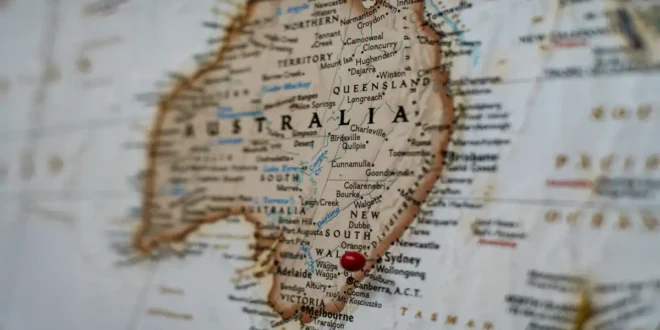Family Visas in Australia
Australia is a popular destination for families looking to reunite with loved ones. Whether you’re bringing a spouse, parent, or child, the Australian visa system provides several pathways for family migration. However, navigating the application process can be complex, with strict eligibility criteria and documentation requirements. This guide explores the different family visa options available in Australia and how to bring your loved ones closer.
Types of Family Visas in Australia
Australia offers several family visa categories to help reunite families. The most common options include:
1. Partner Visas
If you are in a relationship with an Australian citizen, permanent resident, or eligible New Zealand citizen, you may be eligible for a Partner Visa in Australia (subclass 820/801 or 309/100). These visas allow spouses or de facto partners to live in Australia.
Key Requirements:
- Proof of a genuine and ongoing relationship
- Meeting health and character requirements
- Evidence of shared financial and domestic responsibilities
2. Parent Visas
Parents of Australian citizens, permanent residents, or eligible New Zealand citizens can apply for a Parent Visa (subclass 103 or 804) or a Contributory Parent Visa (subclass 143 or 173). Contributory parent visas are faster but come with higher application costs.
Key Requirements:
- At least half of the applicant’s children must live in Australia (Balance of Family test)
- Sponsorship by an eligible Australian resident
- Meeting health and financial requirements
3. Child Visas
Children of Australian citizens, permanent residents, or eligible New Zealand citizens can apply for a Child Visa (subclass 101 or 802). This visa allows children to live in Australia with their parents.
Key Requirements:
- The child must be under 18, or a full-time student under 25, or financially dependent due to disability
- The sponsoring parent must be an Australian citizen or permanent resident
4. Other Family Visas
Australia also offers visas for other family members, including Aged Dependent Relative Visas, Remaining Relative Visas, and Carer Visas for those who need support from family in Australia.
Application Process and Challenges
Applying for a family visa requires extensive documentation and strict compliance with Australian immigration laws. Some common challenges include:
- Lengthy Processing Times: Family visas, especially parent visas, can take several years to process.
- Financial Requirements: Some visas, like contributory parent visas, have high fees.
- Proof of Relationship: Partner visas require substantial evidence of a genuine relationship.
To improve the chances of a successful application, it’s important to ensure all documents are complete and accurate. Seeking professional advice can also help navigate complex cases.
Final Thoughts
Reuniting with loved ones in Australia is possible through various family visa options. While the process can be time-consuming, understanding the requirements and preparing a strong application can improve your chances of success. Whether you’re bringing a partner, parent, or child to Australia, a well-prepared visa application can help make the reunion a reality.
READ ALSO: The Best Types of Industrial Doors for Different Industries




